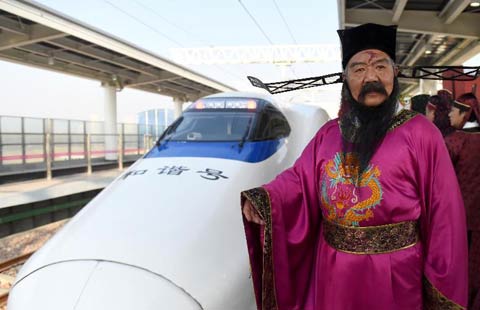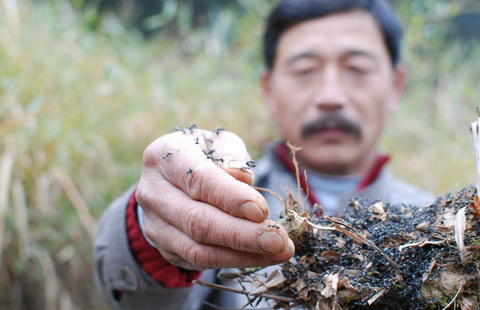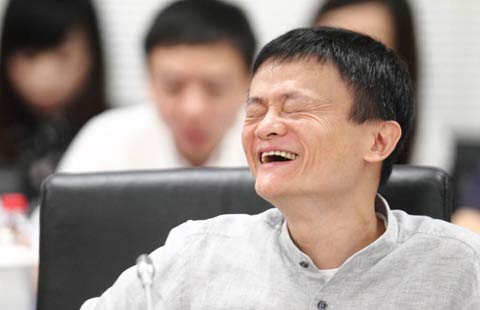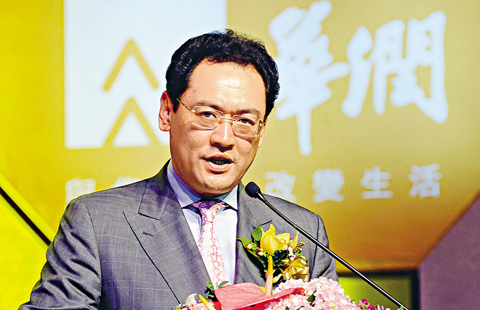Greater role for consumption in driving growth is essential
(chinadaily.com.cn) Updated: 2014-12-30 15:35Editor's note: This year's economic expansion is widely expected to be the slowest in many years, and the central leadership envisions a "new normal" for the pace GDP growth and its structure going forward. What will unfold in 2015 - sustained, rapid expansion or an orderly transition to slower growth? China Daily asked a group of economists and analysts on their expectations for the economy in 2015.
|
 |
|
TOM ORLIK, NORTH ASIA ECONOMIST WITH BLOOMBERG |
What is the most likely outcome for China's economy next year-sustained, rapid expansion or an orderly transition to slower growth?
Some pessimists expect China's growth to collapse under the weight of accumulated debt and structural imbalances. My view is more optimistic. Clear-sighted implementation of reforms agreed at the Third Plenum of the 18th Central Committee of the Communist Party of China offers the hope of an orderly slowdown. Our forecast is for GDP growth of about 7 percent in 2015, down from 7.3 percent in 2014.
What is the most important indicator that observers should use when judging whether a transition has taken place? How can China achieve the goal implied by that indicator?
The two key measures of a successful transition are consumption and credit. A greater role for consumption in driving growth is essential to offset fading exports and excessive investment. Slower credit growth is crucial to head off risks to financial stability. A big part of the solution to both problems is a more efficient financial system, which would provide higher incomes to individual savers and allocate investment capital more efficiently.
What is the biggest concern for the Chinese economy in 2015? How can China address that concern?
The biggest risk for China in 2015 is a correction in the real estate sector. My observations from the data and from traveling to cities around the country point to one conclusion: there is too much of construction. But a slowdown in construction threatens to dent demand for everything from cement to air conditioners. The government can cushion the blow by ramping up the construction of affordable homes.
What is the most resilient part of China's economy? How can China best utilize its strengths in this area?
The lesson from 35 years of reform and opening-up is that China's biggest resource is the determination and ingenuity of its people. That was evident in the early days of agricultural reform in the 1980s. It is evident now in the success of dynamic companies such as Tencent Holdings Ltd and Alibaba Group Holding Ltd. The best way to utilize those strengths is to create a level playing field where everyone has a chance to succeed.
- China shares close lower on Dec 30
- First China-made regional jet gets type certificate
- CNOOC's overseas LNG supply base starts operation
- China plans to extend green vehicle subsidies until 2020
- Avaya's 'Engagement' with customers
- Manufacturing needs to adapt to changes
- China's intl investment balance hits plus $1.8t
- Driving service warms up in holiday season
















